-
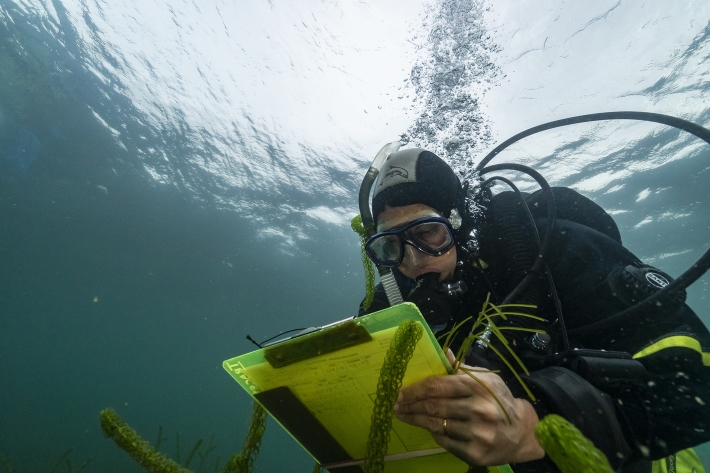
Come jump in a lake with NIWA
Media release05 June 2019Visitors to NIWA’s stand at this year’s Fieldays are invited to go diving into the Rotorua lakes—without having to get wet. -
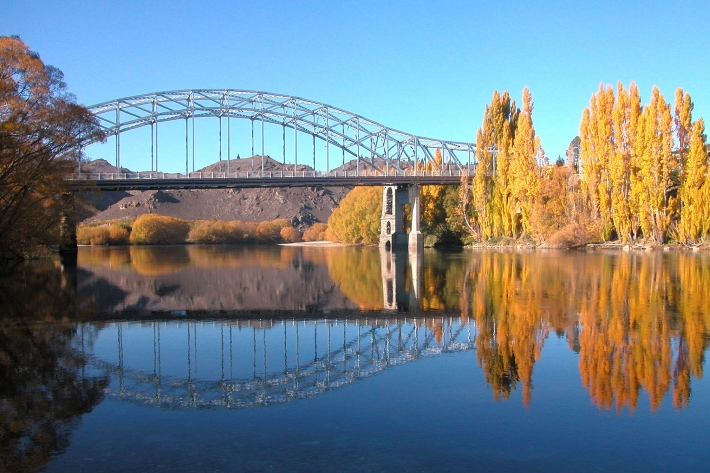
Seasonal records set to fall like autumn leaves
Media release30 May 2019With just a few days of autumn left, prolonged warm weather and less rain than normal means some spots across New Zealand are heading for the record books. -
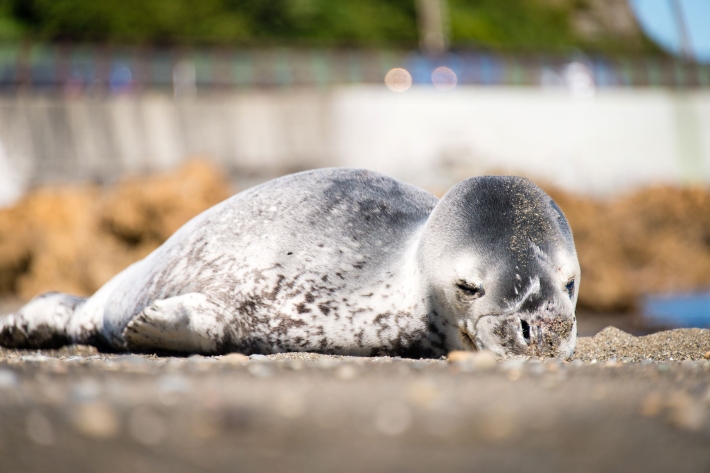
Owha and her friends awarded citizenship
Media release27 May 2019New Zealand’s newest citizens like the solitary life, have leopard-like markings, and can each weigh up to 600kg. -
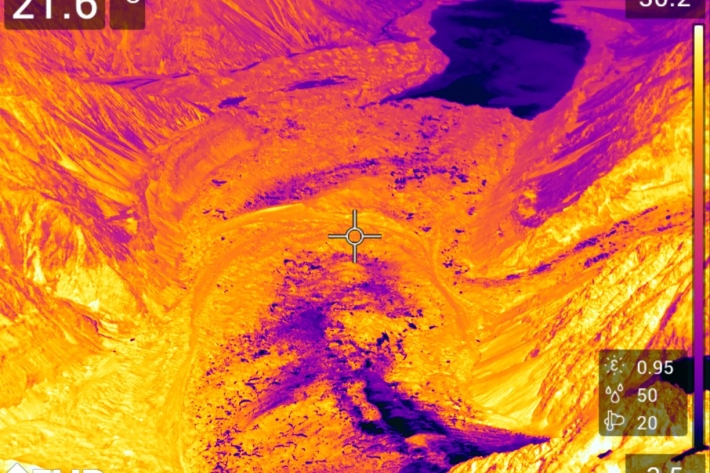
Thermal images reveal heat levels in New Zealand’s glaciers
Media release23 May 2019Thermal images taken by a NIWA scientist during this year’s aerial survey of South Island glaciers have revealed in extraordinary detail how heat in the surrounding landscape is affecting the ice. -
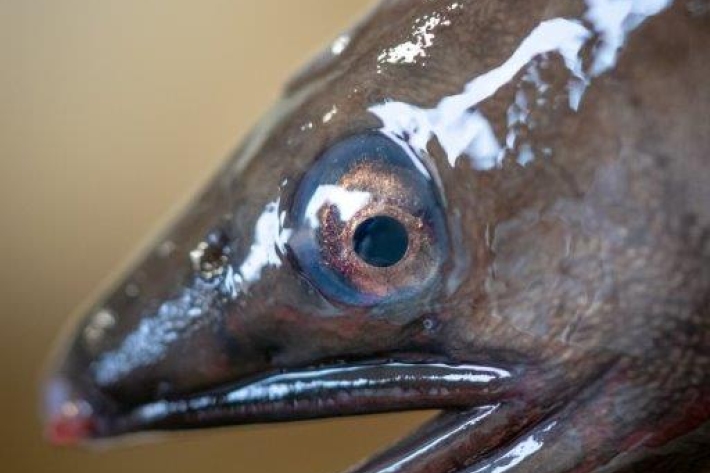
Scientists hoping to solve great eel mystery
Media release16 May 2019NIWA freshwater scientists are pinning their hopes of solving an age-old mystery on 10 female longfin eels who are about to begin an epic journey to their spawning grounds somewhere in the Pacific Ocean. -
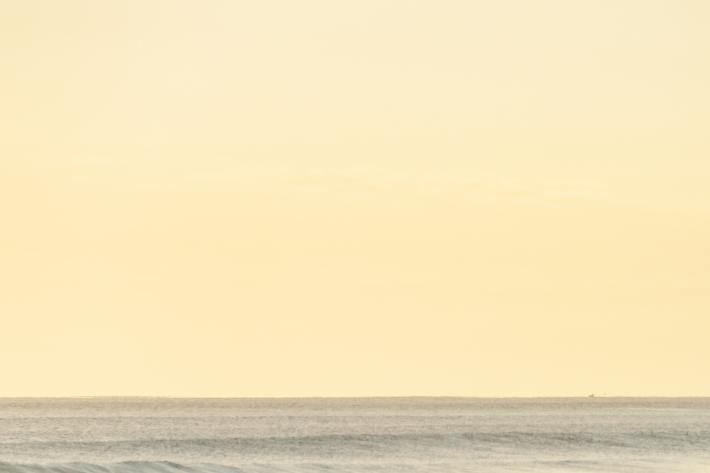
Scientists study how to predict marine heatwaves
Media release16 May 2019Scientists have taken a step closer to predicting marine heatwaves with new NIWA-led research finding a link between their formation and the length of time sea temperatures are warmer than normal.^. -

Emirates Team New Zealand seek NIWA’s technical edge
Media release14 May 2019Grant Dalton, CEO of Emirates Team New Zealand, and NIWA CEO John Morgan recently signed an agreement that will see NIWA’s scientists working closely with Emirates Team New Zealand over the next few years. -
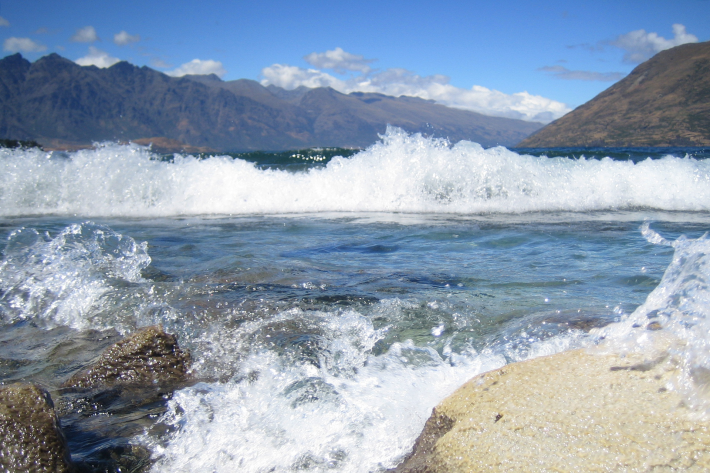
NIWA mapping Whakatipu lake floor
Media release08 May 2019NIWA researchers are out on Lake Whakatipu for the next week mapping the lake floor for the first time. -
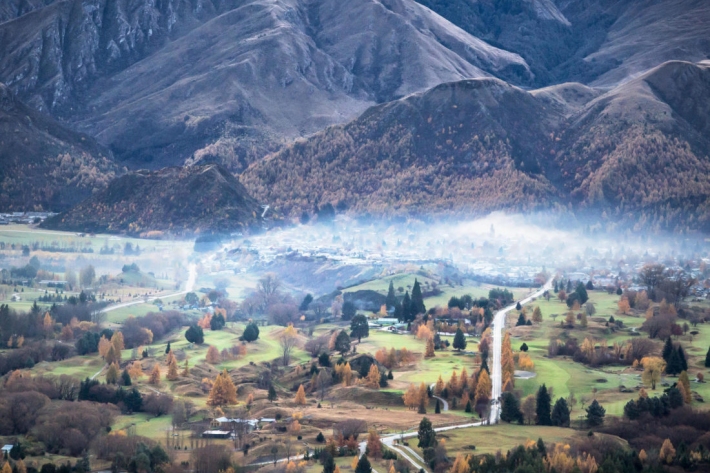
Students, scientists, citizens study Arrowtown’s ailing air
Media release07 May 2019Arrowtown may be known for its picturesque autumn scenery, but in winter this tiny Central Otago town has a problem. -
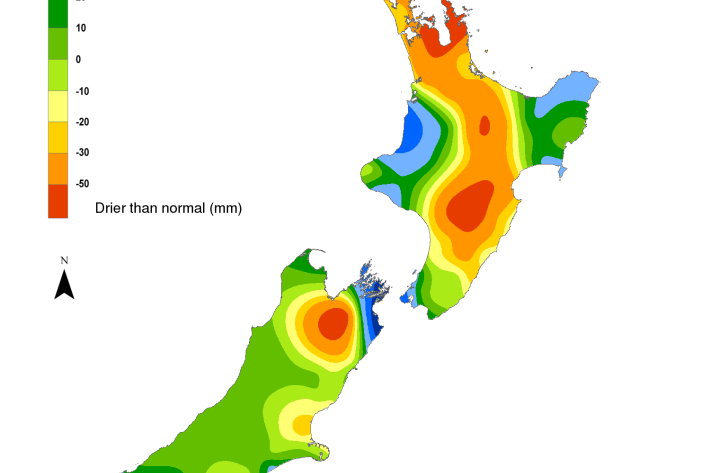
NIWA's Hotspot Watch for 1 May 2019
Hotspot02 May 2019Hotspots in the North Island are currently found in Aupouri Peninsula, interior Manawatu-Whanganui, and interior Hawke’s Bay. South Island hotspots are currently found in interior Marlborough, a small area near Christchurch, coastal southern Canterbury, and a portion of Stewart Island. -
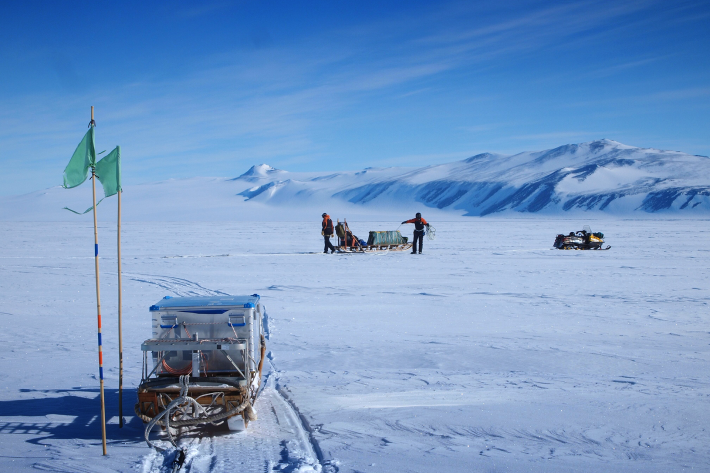
Scientists discover solar heat drives rapid melting of Ross Ice Shelf
Media release30 April 2019Part of the world’s largest ice shelf is melting 10 times faster than the overall average and solar-heated waters beneath the ice shelf are to blame, NIWA research has found. -
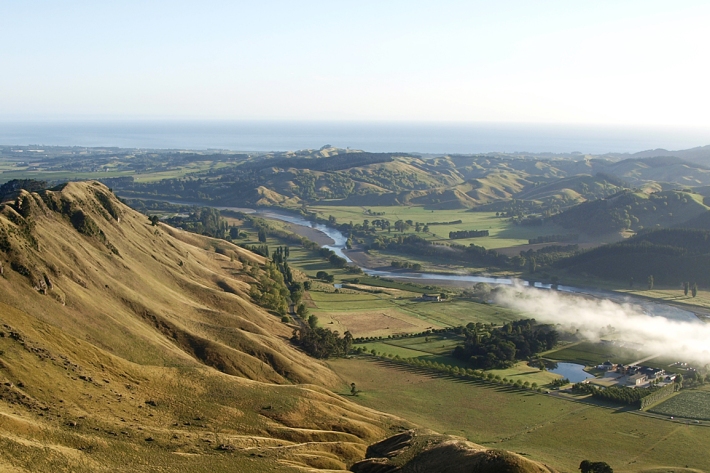
Environment report a clear picture of change: NIWA
Media release18 April 2019The latest state of the environment report released today provides New Zealanders with clear evidence that our climate, freshwater and marine systems are changing, says NIWA.
